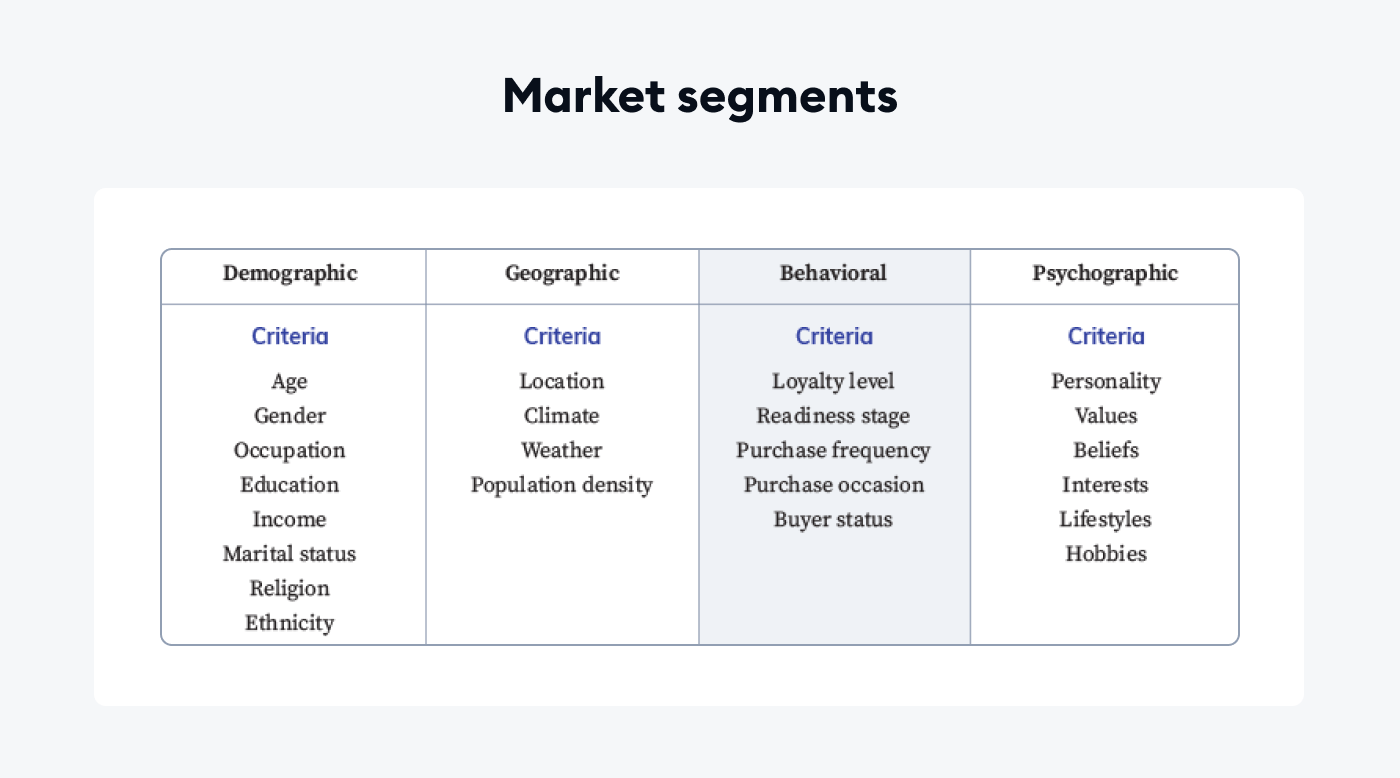In an increasingly competitive market, segmentation Marketing has established itself as an essential strategic lever for businesses e-commerce. By dividing your customer base into specific segments, you will be able to send messages tailored to the specific needs of each group, thus improving the effectiveness of your campaigns. This approach not only allows you to optimize your communication, but also to identify growth opportunities and better position your offer. By understanding the expectations and behaviors of your customers, you will be able to develop relevant strategies, facilitating the acquisition of new customers while retaining existing ones.

Marketing segmentation is an essential lever for any e-commerce company wishing to increase its turnover and optimize its advertising efforts. By breaking the market into smaller, homogeneous segments, a company can create more targeted and relevant marketing messages. This process provides a better understanding of the specific needs of each customer group, thereby fostering a stronger customer relationship and improved ROI. In this article, we’ll explore the segmentation strategies you can apply to boost the growth of your online business.
Table des matières
ToggleUnderstanding the Different Segmentation Criteria
Before diving into the specific strategies, it is essential to know the segmentation criteria that you can use. Key criteria include demographics, such as age or gender, geographic data, purchasing behavior, and psychographics that touch on consumer personality and values. Using these criteria, you will be able to create segments that respond positively to specific offers and messages.
Demographic Segmentation: A Good Starting Point
There demographic segmentation is often the simplest and most effective way to get started. By identifying groups based on age, gender, income or even family status, you can adapt your communications in a meaningful way. For example, a beauty company might target young adults with promotions on trendy items, while a school supplies brand might target parents.
Behavioral Segmentation: Analyzing Purchase Data
There behavioral segmentation focuses on customer behavior towards products and services. This includes analyzing purchasing habits, conversion rates, and cart abandonment. By collecting this data, you will be able to effectively target customers who are ready to purchase but have not yet completed their order. Discount offers or purchase reminders can then be sent to encourage action.
Psychographic Segmentation: Understanding Purchasing Motives
There psychographic segmentation goes further based on the motivations, interests and concerns of consumers. By creating detailed personas, you can identify what drives your customers to buy. For example, a company that sells eco-friendly clothing might focus on environmentally conscious consumers. Targeted communication about customer values can not only increase sales, but also build customer loyalty.
Using Technology to Optimize Segmentation
The tools of marketing automation and data analysis play a crucial role in segmentation. With advanced software, you can track user behavior in real time and adjust your targeting strategies accordingly. Platforms such as Google Analytics, for example, allow you to obtain detailed information on the behavior of visitors to your site, making it easier to create precise and relevant segments.
Create Targeted Offers for Each Segment
After segmenting your customer base, it is essential to create personalized offers for each group. For example, using the data collected, you can offer specific back-to-school promotions to young adults, while also offering discounts on household items to families. Personalizing offers not only helps improve conversion rates, but also engages the consumer over the long term.
Measuring the Effectiveness of Your Segmentation
Finally, it is crucial to monitor and measure effectiveness of your segmentation efforts. Analyze the results of your campaigns and adjust your strategies based on the performance obtained. Using key performance indicators (KPIs) will allow you to know if your segmentation is achieving its objective or if it requires re-evaluation. This iterative approach will help you refine your strategy and maximize your return on investment.
Lorsqu'il s'agit d'analyser des données, la #segmentation 📊 est le moyen le plus efficace de conduire l'analyse. Découvrez notre #zoom 👇🏾https://t.co/PIIz4kD7rF
— Oncrawl 🇫🇷 (@Oncrawl_FR) December 26, 2023
Vous souhaitez approfondir la question ? Téléchargez une autre étude de cas 📓 :https://t.co/yuiSb5HgU2 pic.twitter.com/mp2m0PTKbg














